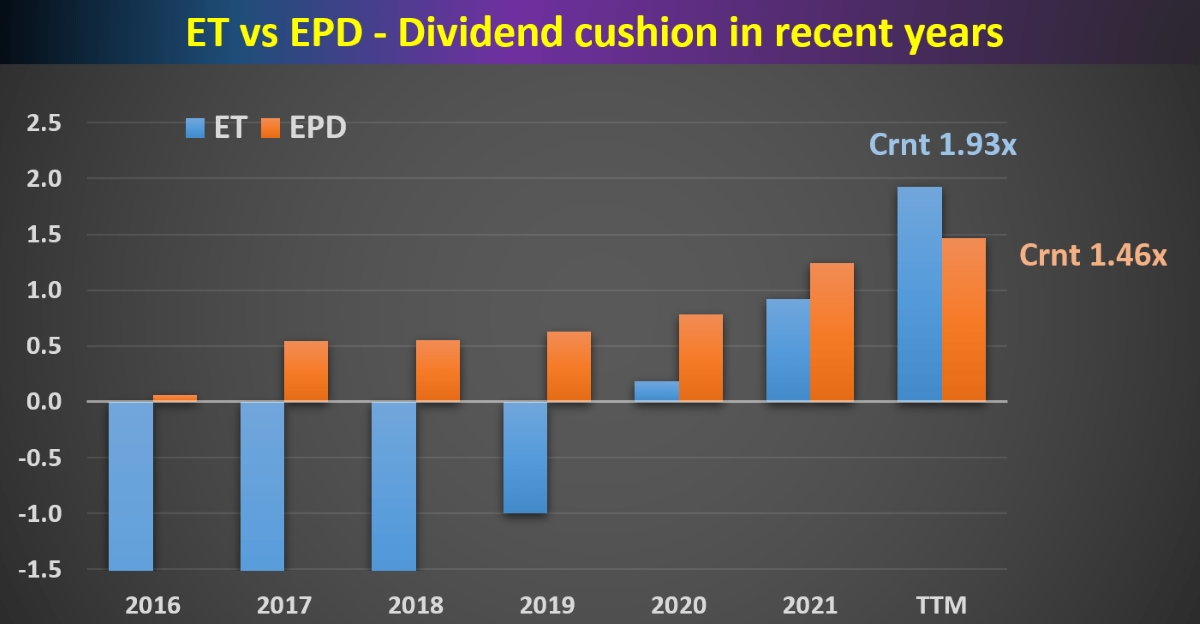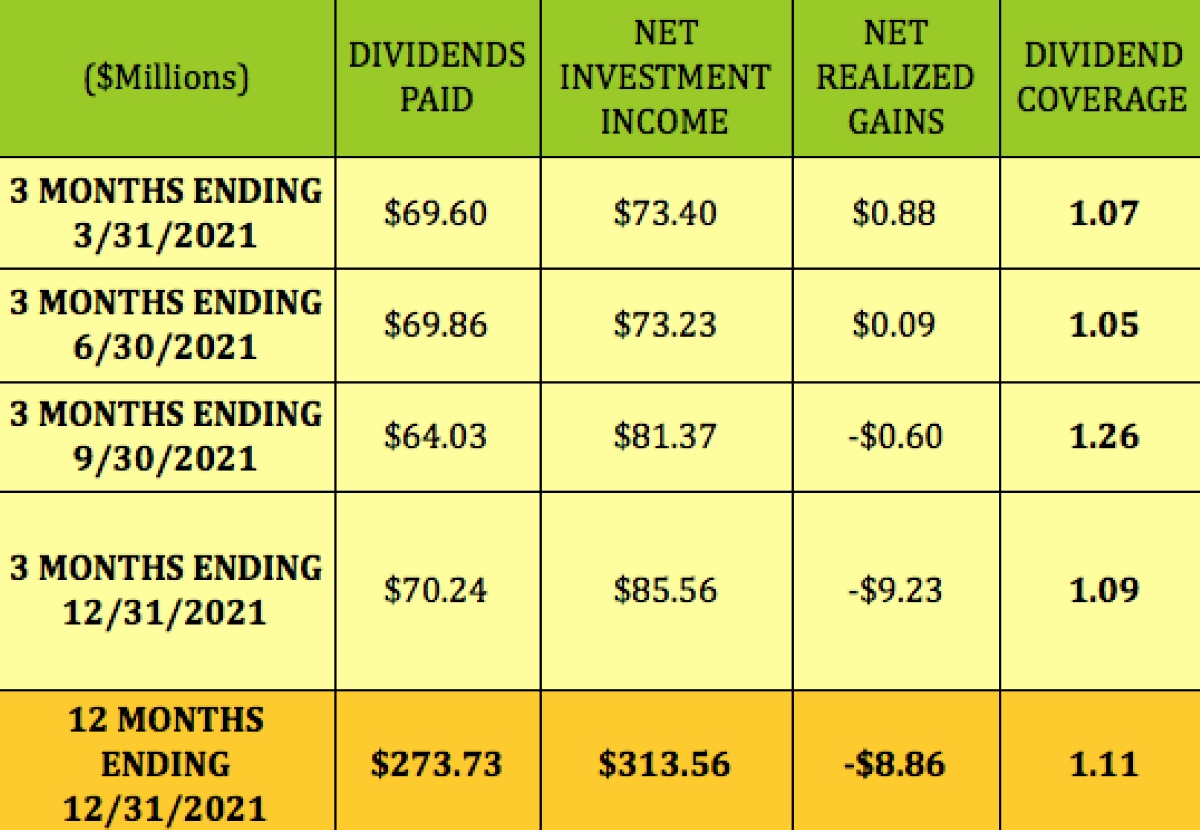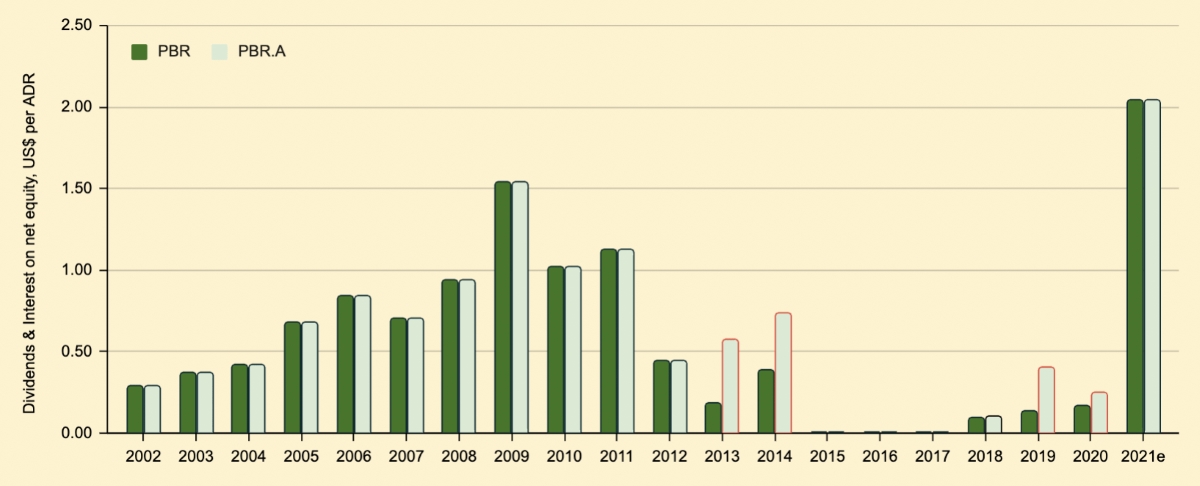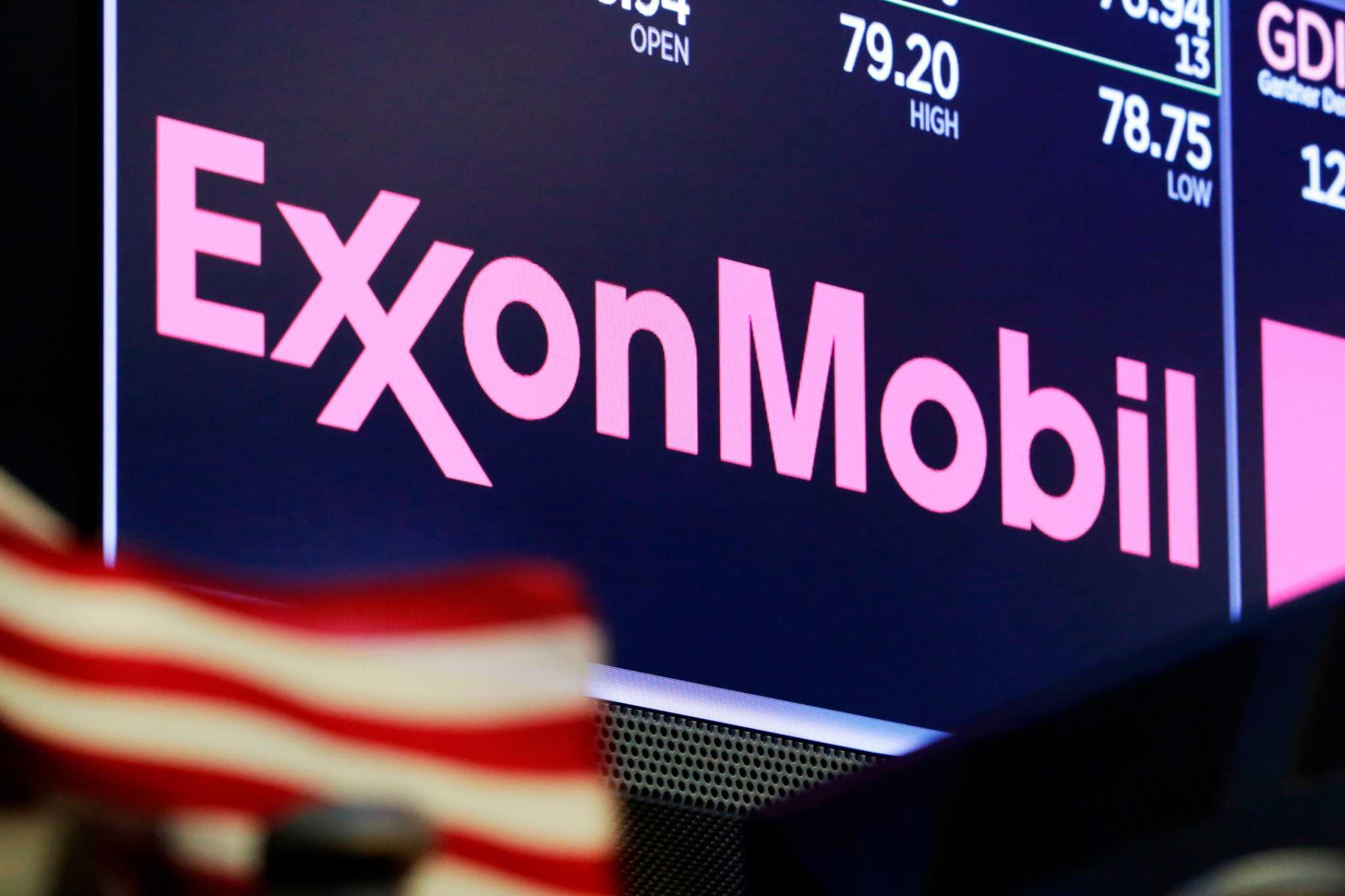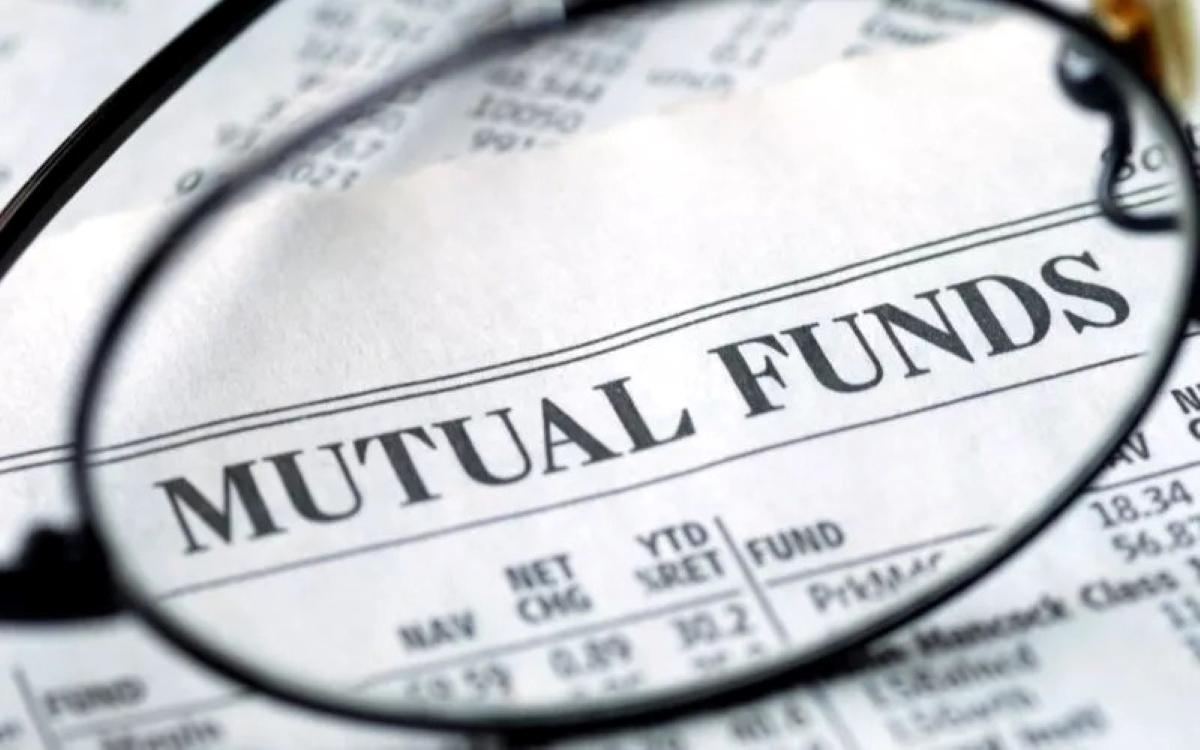

Finance
When Does 3M Pay Dividends
Published: January 3, 2024
Learn about 3M dividend payments and find out when they are made. Stay updated with the latest finance news and insights on dividends.
(Many of the links in this article redirect to a specific reviewed product. Your purchase of these products through affiliate links helps to generate commission for LiveWell, at no extra cost. Learn more)
Table of Contents
Introduction
Welcome to the world of dividends, where investors can reap the benefits of their investments even without selling their shares. Dividends are a distribution of a company’s earnings to its shareholders, typically in the form of cash or additional shares. They serve as a reward for shareholders who have invested their hard-earned money in the company’s stock.
In this article, we will explore the dividend policy of 3M Company and gain insights into when exactly 3M pays dividends to its shareholders. 3M, a multinational conglomerate based in the United States, is renowned for its innovation and commitment to creating sustainable solutions for a wide range of industries.
Dividend payments are a crucial aspect of a company’s financial health and can impact investors’ decisions. Understanding when and how often a company like 3M pays dividends can help investors plan their investment strategies and optimize their overall returns.
So, if you’re an investor interested in 3M or simply curious about dividend payments, buckle up and join us on this journey to explore the dividend payment schedule of 3M and understand the factors that influence their dividend payments. Let’s dive in!
Understanding Dividends
Dividends are a financial reward that companies offer to their shareholders as a way to distribute a portion of their earnings. These earnings are usually generated from the company’s profits or retained earnings. Dividends provide investors with a steady stream of income from their investments, whether it’s in the form of cash or additional shares.
Dividends are considered a sign of financial stability and success for a company. Companies that consistently pay dividends are often viewed as reliable and trustworthy, attracting investors who are seeking consistent income from their investments.
Investors can benefit from dividends in several ways:
- Income Generation: Dividends provide a regular income stream for investors, especially those who rely on investment income for their livelihood. This income can be used to cover living expenses or reinvested for future growth.
- Compounding Returns: Reinvesting dividends allows investors to purchase more shares of the company’s stock, leading to potential compounding returns over time. This can significantly enhance the overall investment returns.
- Diversification: Dividends offer investors the opportunity to diversify their portfolio across different companies and sectors. By investing in dividend-paying stocks, investors can mitigate risk and potentially increase their overall investment returns.
It’s important to note that not all companies pay dividends. Some companies may choose to reinvest their earnings back into the business for growth opportunities, while others may have inconsistent or no profits to distribute. Therefore, investing in dividend-paying companies requires careful analysis and consideration of an investor’s financial goals and risk tolerance.
Now that we’ve established a foundation of understanding dividends, let’s explore the dividend policy of 3M and how it offers dividends to its shareholders.
The Dividend Policy of 3M
3M has a long and impressive history of paying dividends to its shareholders. The company has a robust dividend policy in place, which reflects its commitment to delivering value to its investors. 3M’s dividend policy is characterized by stability, consistency, and a focus on long-term growth.
One key aspect of 3M’s dividend policy is its emphasis on maintaining a competitive payout ratio. The payout ratio is the percentage of a company’s earnings that is paid out to shareholders in the form of dividends. 3M aims to maintain a payout ratio that is both sustainable and attractive to investors.
The company understands the importance of striking a balance between distributing dividends and retaining earnings for reinvestment in the business. By carefully managing its payout ratio, 3M ensures that it has sufficient funds to fuel research and development, invest in innovation, and pursue growth opportunities.
Another notable feature of 3M’s dividend policy is its commitment to dividend growth. Over the years, the company has consistently increased its dividends, showcasing its strong financial position and long-term commitment to shareholders. This dividend growth is a result of 3M’s focus on generating stable and sustainable cash flows.
3M’s dividend policy also takes into account the cyclicality of its business. As a company involved in multiple industries, including healthcare, transportation, consumer goods, and electronics, 3M is conscious of economic fluctuations that can impact its earnings. Therefore, the company aims to maintain a dividend level that can weather such fluctuations and provide stability to its shareholders.
Furthermore, 3M’s dividend policy aligns with its overall corporate strategy of delivering consistent returns to shareholders. The company understands the importance of dividends as a component of total shareholder return and strives to provide competitive and attractive dividends to its investors.
Overall, 3M’s dividend policy is built on the principles of stability, sustainability, and long-term growth. By maintaining a competitive payout ratio, focusing on dividend growth, and considering the cyclicality of its business, 3M aims to provide value and confidence to its shareholders through its dividend payments.
Factors That Influence 3M’s Dividend Payments
Several factors can influence 3M’s dividend payments, shaping the company’s decision-making process in determining the amount and timing of dividends. Understanding these factors can provide insight into what drives 3M’s dividend policy and how it may evolve in the future.
1. Earnings and Cash Flow: The financial performance of 3M, including its earnings and cash flow stability, plays a critical role in determining the amount of dividends it can distribute. A company with strong and consistent earnings is more likely to have the financial capacity to pay higher dividends.
2. Dividend Payout Ratio: 3M’s dividend payout ratio, which is the percentage of earnings paid out as dividends, is an important factor in determining the dividend amount. The company carefully evaluates its payout ratio to ensure that it remains sustainable and aligns with its long-term growth plans.
3. Business Cycles: The cyclicality of the industries in which 3M operates can impact its dividend payments. During periods of economic downturn or market volatility, 3M may adjust its dividend payments to maintain financial stability and protect shareholder value.
4. Capital Allocation Priorities: 3M considers its capital allocation priorities when determining dividend payments. The company evaluates various investment opportunities, including research and development, acquisitions, and capital expenditures. Balancing these priorities helps 3M maintain a sustainable dividend policy.
5. Debt Levels and Financial Obligations: 3M takes into account its debt levels and financial obligations when making dividend decisions. The company is mindful of maintaining a strong balance sheet and fulfilling its debt obligations, which can influence the amount of cash available for dividend payments.
6. Regulatory and Legal Requirements: 3M operates in multiple jurisdictions, each with its own regulatory and legal requirements regarding dividend payments. Compliance with these regulations and requirements may impact the timing and amount of dividends paid to shareholders.
7. Investor Expectations and Market Conditions: 3M keeps a pulse on investor expectations and market conditions, which can influence its dividend policy. The company strives to meet the expectations of its shareholders while considering external factors such as interest rates, inflation, and market volatility.
By taking into account these factors, 3M aims to ensure that its dividend payments are sustainable, reflective of its financial performance, and aligned with the company’s long-term growth objectives. It is important for investors to monitor these factors to gain insights into potential changes in 3M’s dividend policy.
3M’s Dividend Payment Schedule
3M has a consistent and well-defined dividend payment schedule that provides clarity to its shareholders about when they can expect to receive their dividend payments. The company follows a quarterly dividend schedule, with payments typically made in March, June, September, and December.
The exact dates of dividend declaration, record date, and payment date may vary from year to year, but the general pattern remains the same. 3M typically announces its dividend for a particular quarter a few weeks before the record date, allowing shareholders to plan accordingly.
Once the dividend is declared, the record date is set. The record date is the date on which shareholders must be registered in the company’s books to be eligible to receive the dividend payment. Investors who own 3M shares on or before the record date will qualify for the upcoming dividend payment.
After the record date, the dividend payment date is determined. This is the date on which 3M disburses the dividend to eligible shareholders. Typically, the payment is made in the form of a cash deposit to the shareholders’ brokerage account or through direct deposit for those who hold physical shares.
It is important for shareholders to note that the payment date may be a few weeks after the record date to allow for administrative processes and verification of eligible shareholders. The dividend amount is typically based on the number of shares owned on the record date.
3M’s dividend payment schedule provides regular income to its shareholders and allows them to plan their cash flows accordingly. By following the quarterly schedule, the company ensures that its dividend payments are consistent, predictable, and aligned with its financial performance.
It’s worth mentioning that dividend payments are subject to approval by 3M’s board of directors and are dependent on several factors, including the company’s financial position, profitability, and capital allocation priorities. As a responsible and shareholder-focused company, 3M strives to maintain a stable and sustainable dividend payment schedule.
Tax Implications of 3M Dividends
When it comes to receiving dividends from 3M, it’s important for investors to be aware of the tax implications associated with these payments. Dividends are generally categorized into two types: qualified dividends and non-qualified dividends. The tax treatment of these dividends can differ based on various factors, including the investor’s tax bracket and the holding period of the shares.
Qualified Dividends: Qualified dividends are typically subject to lower tax rates. To qualify for this special tax treatment, the investor must meet certain criteria, including the requirement that the shares are held for a specific holding period. The holding period is generally at least 60 days during the 121-day period that begins 60 days before the ex-dividend date. Qualified dividends are taxed at the long-term capital gain tax rates, which are generally lower than ordinary income tax rates.
Non-Qualified Dividends: Non-qualified dividends do not meet the criteria for qualified dividend tax treatment. These dividends are typically taxed at the investor’s ordinary income tax rates, which are typically higher than the long-term capital gain tax rates. Non-qualified dividends include certain dividends from real estate investment trusts (REITs) and dividends received on employee stock options.
It’s important for investors to consult with a tax professional or refer to tax guidelines specific to their jurisdiction to ensure they understand the applicable tax rates and regulations regarding dividend income. The tax treatment of dividends can vary between countries and can be subject to change based on tax law revisions.
Additionally, investors should also consider the potential impact of dividend reinvestment on their tax situation. If dividends received from 3M are automatically reinvested in additional shares through a dividend reinvestment plan (DRIP), these reinvested dividends may still be subject to income tax. It is crucial to keep accurate records of the cost basis for tax purposes when reinvesting dividends.
Finally, foreign investors may face additional tax implications due to withholding tax requirements. The tax treaty between their home country and the country where 3M is incorporated may determine the applicable rates and rules for withholding taxes on dividends.
In summary, the tax implications of 3M dividends can vary depending on factors such as the classification of the dividends as qualified or non-qualified, the investor’s tax bracket, and any applicable tax treaties. Investors are advised to seek professional tax guidance and stay informed about tax regulations to ensure they comply with the relevant tax requirements and optimize their tax situation.
Conclusion
Understanding when a company like 3M pays dividends is crucial for investors looking to generate income from their investments. By exploring the dividend policy of 3M and the factors that influence its dividend payments, investors can gain valuable insights to inform their investment strategies.
3M’s dividend policy reflects its commitment to delivering value to its shareholders. With a focus on maintaining a sustainable payout ratio, prioritizing dividend growth, and considering the cyclicality of its business, 3M aims to provide stability and long-term growth opportunities through its dividend payments.
Investors can rely on 3M’s consistent dividend payment schedule, which typically follows a quarterly pattern. By adhering to this schedule, 3M ensures that its dividend payments are reliable and predictable, allowing investors to plan their cash flows accordingly.
It’s important for investors to be aware of the tax implications associated with 3M dividends. The tax treatment of dividends can vary based on factors such as the type of dividend and the investor’s tax bracket. Consulting with a tax professional and staying informed about tax regulations is essential to navigate the tax landscape effectively.
In conclusion, 3M’s dividend policy, payment schedule, and tax implications all play significant roles in the investment decision-making process. By considering these factors, investors can make informed choices regarding their investments in 3M and potentially benefit from the steady stream of income that dividends provide.
It is important for investors to conduct further research and due diligence to fully understand the specific details of 3M’s dividend policy and stay updated on any changes that may impact dividend payments in the future. This will help investors make well-informed decisions and optimize their overall investment returns.

